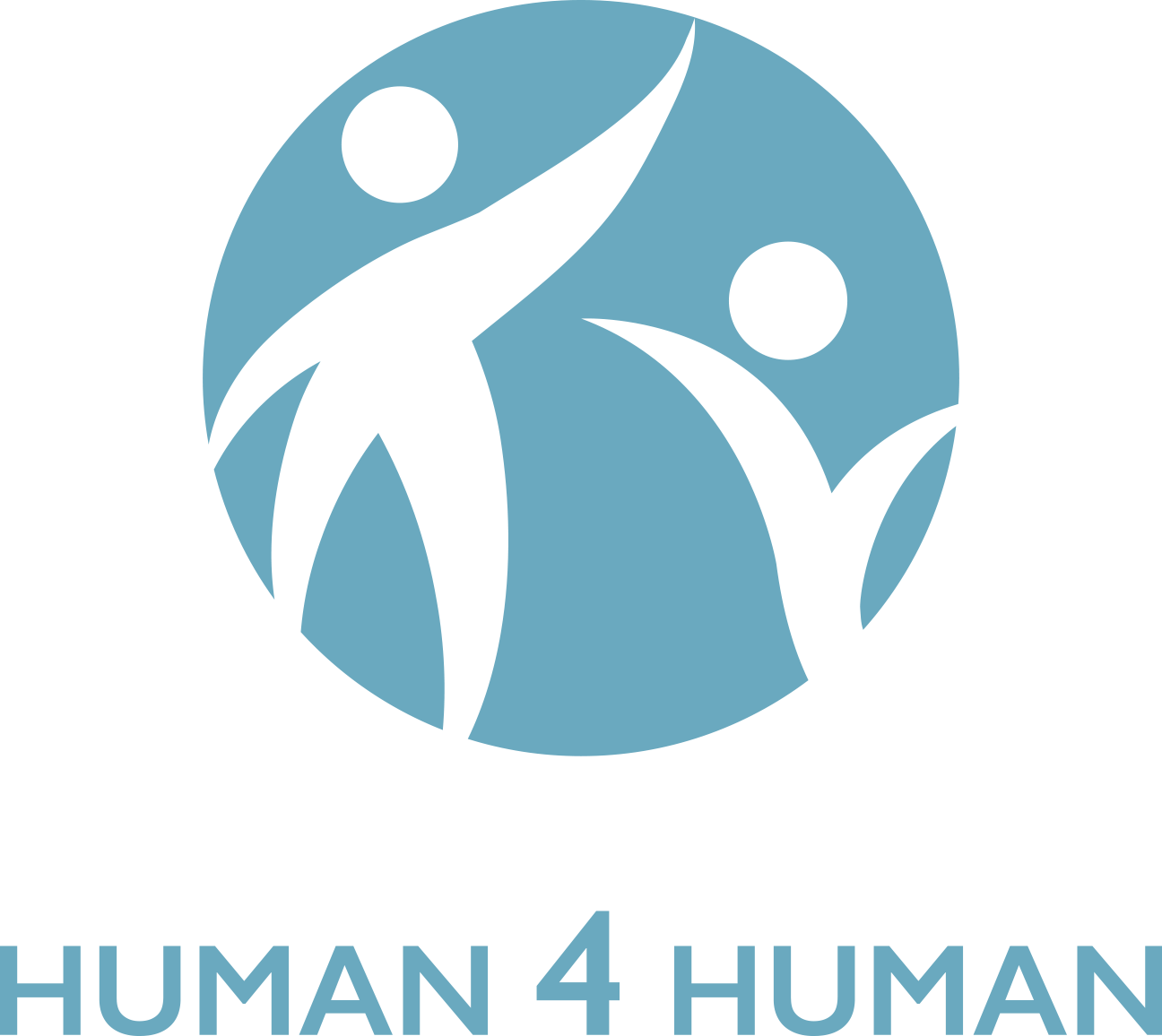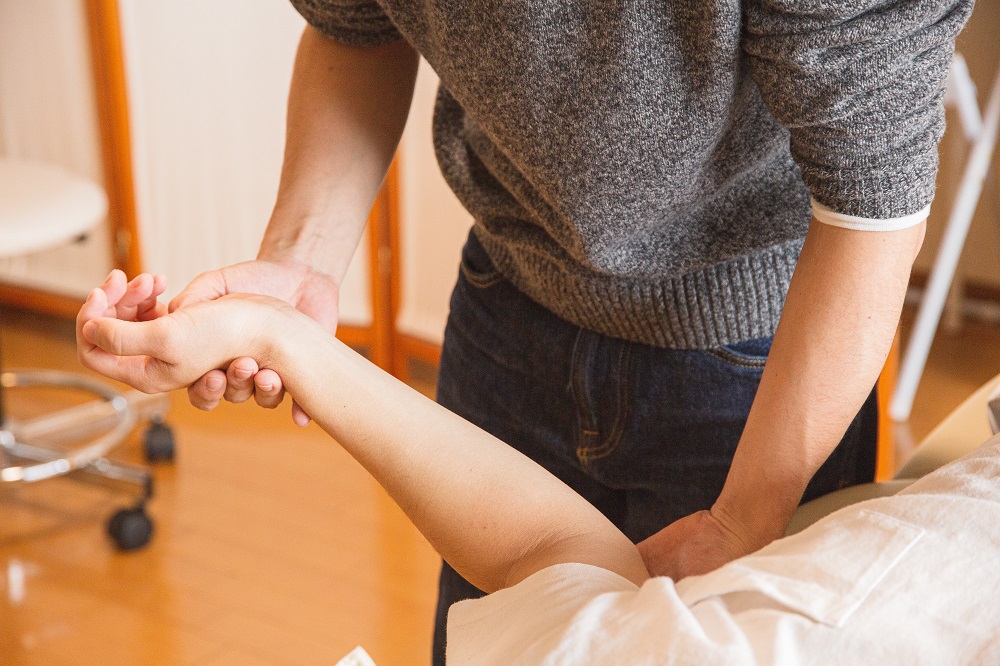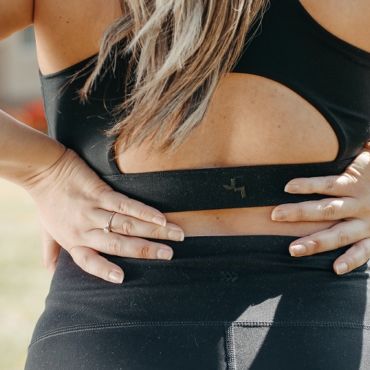Overloading the flexor or extensor muscles of the wrist can lead to microtrauma, which without adequate recovery time can lead to partial damage, most often to the tendon region of these muscles.
In a nutshell, if the damage occurs in the flexor muscle tendon region (i.e. the medial epicondyle of the humerus), we will talk about golfer’s elbow, and elbow pain in this region. If in the region of the tendon of extensor muscles (that is, the lateral epicondyle of the humerus) it will be about tennis elbow, which will be associated with elbow pain on the lateral side. In addition, increased tension of the flexor muscles of the forearm, which is a consequence of overloading them, may contribute to excessive tension and inflammation of the flexor trochlea, resulting in a reduction of space in the carpal tunnel. If, as a result, the median nerve is compressed, we will experience numbness and/or tingling in our fingers. This is one of several factors which have an influence on carpal tunnel syndrome, which we will discuss in the following posts.
The question arises then, how can we prevent overloading of the forearm muscles apart from proper work ergonomics? In the video, we present how to perform self-massage and stretching.
We recommend it especially for office workers who often work with the mouse and keyboard, and people performing manual work (e.g. sewing, mechanical work, lifting).
Such self-massage and stretching is a good prophylaxis and element of rehabilitation in the chronic period. However, we do not recommend performing them in the state of acute and severe pain, especially without a prior diagnosis by a doctor or physiotherapist.



